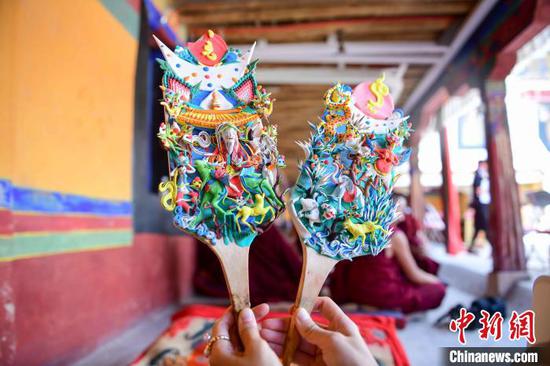
Photo shows the Tibetan butter flowers made by monks at the Drepung Monastery in Tibet Autonomous Region. (Photo/China News Service)
(ECNS) -- The Drepung Monastery branch of the Tibetan intangible cultural heritage protection center held a plaque-unveiling ceremony on Sunday.
Tibetan opera, eagle-bone flute, and Jialin (Tibetan style Suona) were performed at the ceremony. The monks at the Drepung Monastery also showed the process of making Tibetan Butter Sculpture, Mandala sand painting, and repairing traditional ancient books.
The Drepung Monastery has conducted an investigation and registered nearly 50 intangible cultural heritage projects. It is now applying for regional level projects, including Tibetan Butter Sculpture, Mandala sand painting, traditional ancient book restoration, and Duixiu (a kind of Thangka painting).
Monks at the monastery inherit these intangible cultural heritages, and Tibetan Butter Sculpture usually needs three to four months to master the basic skills, while Mandala sand painting may require four to five years to learn, said the executive deputy director of the administrative committee of the monastery.
Drepung Monastery is a national key cultural relics protection unit, which preserves many essential items.
The official said he hopes to set up a museum to encourage more people to learn about traditional Tibetan culture.









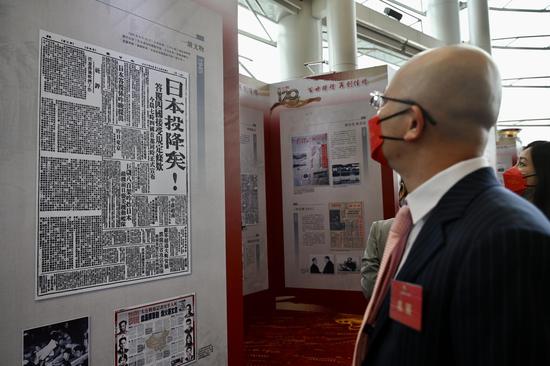

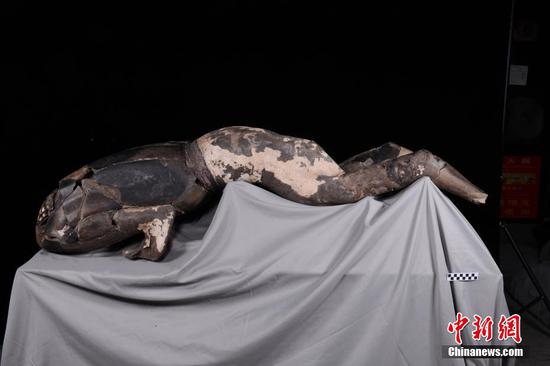
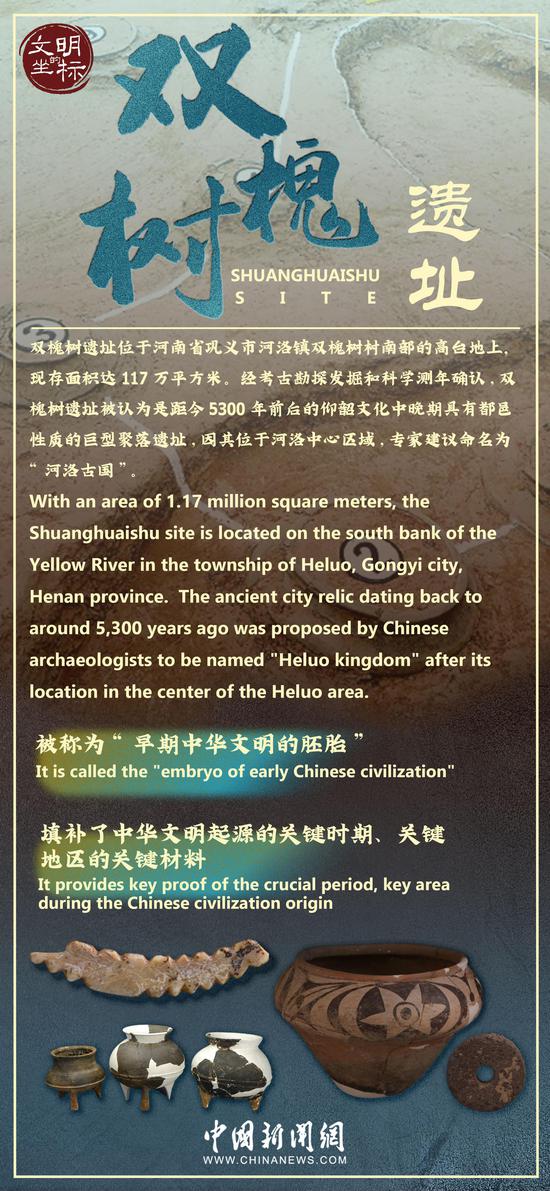


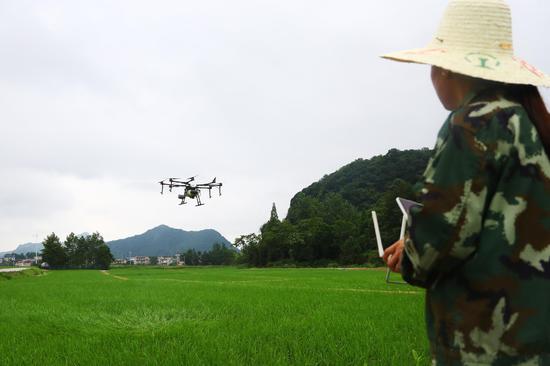

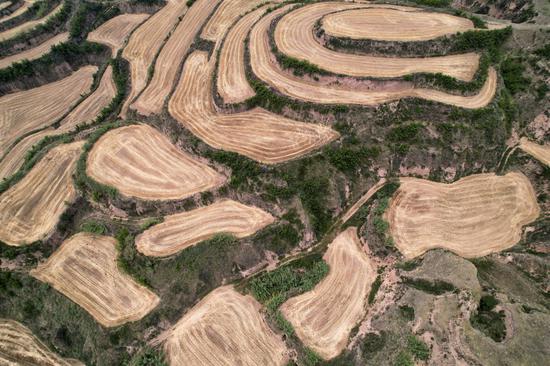

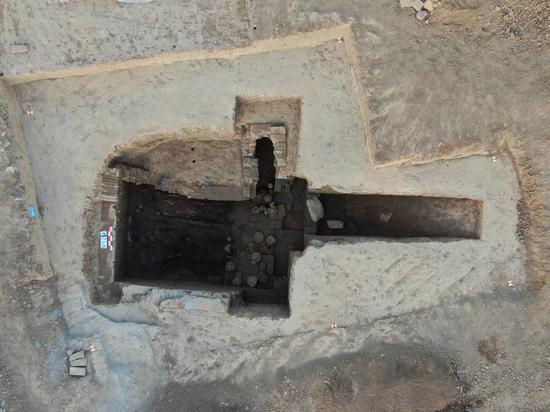

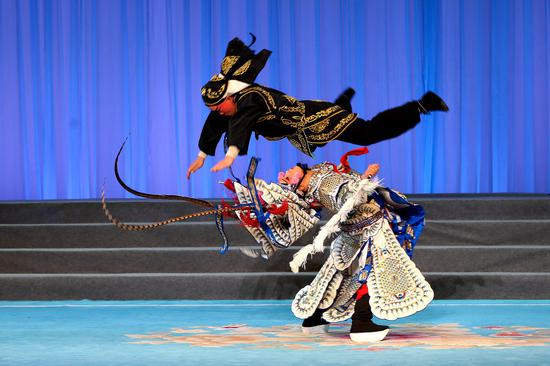







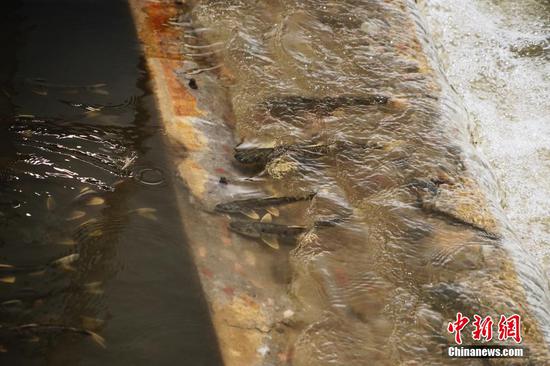



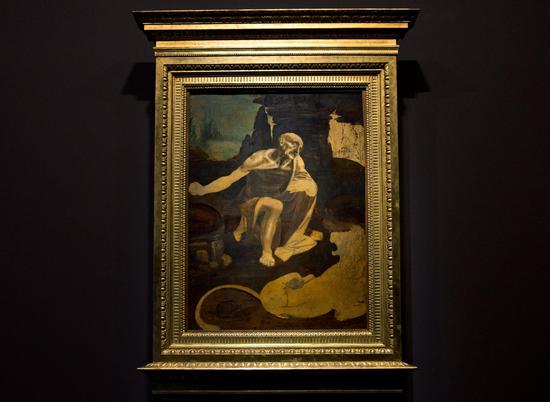
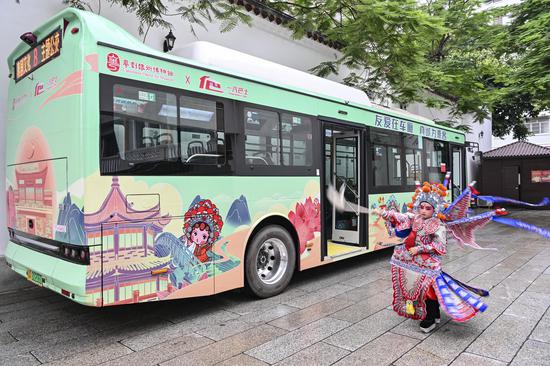

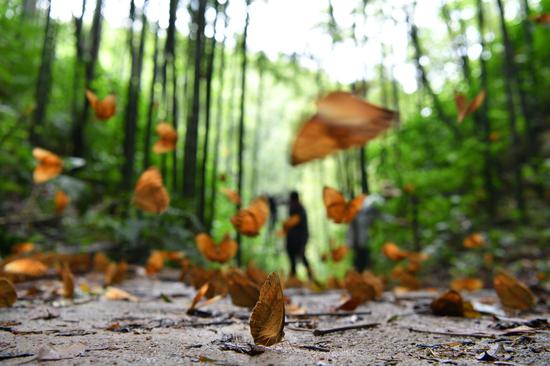

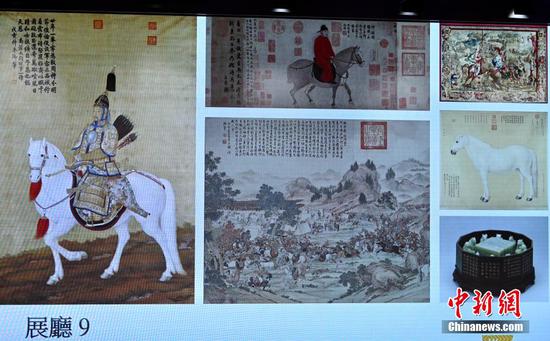

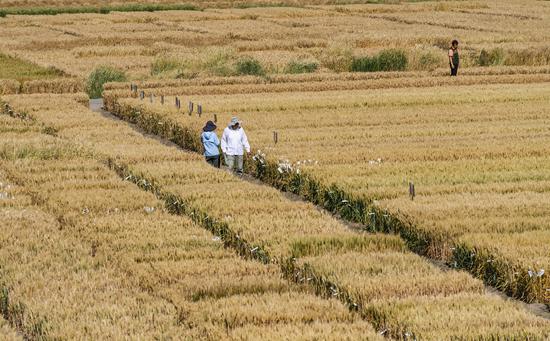





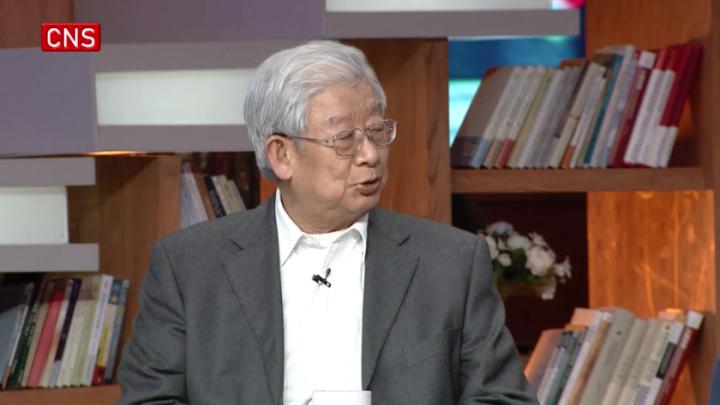



 京公网安备 11010202009201号
京公网安备 11010202009201号